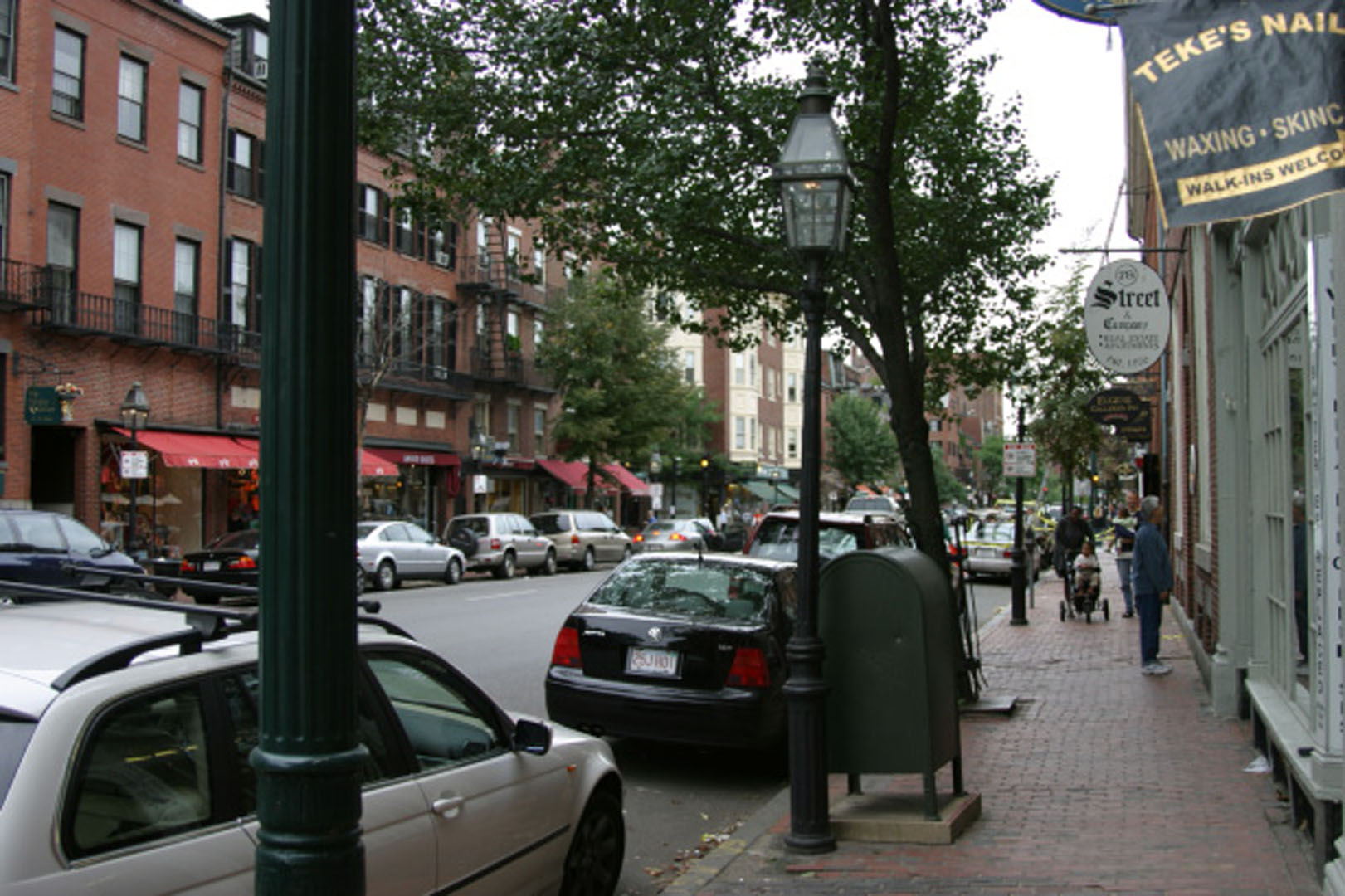“Removing camera shake from a single photograph” by Fergus, Singh, Hertzmann, Roweis and Freeman
Conference:
Type(s):
Title:
- Removing camera shake from a single photograph
Presenter(s)/Author(s):
Abstract:
Camera shake during exposure leads to objectionable image blur and ruins many photographs. Conventional blind deconvolution methods typically assume frequency-domain constraints on images, or overly simplified parametric forms for the motion path during camera shake. Real camera motions can follow convoluted paths, and a spatial domain prior can better maintain visually salient image characteristics. We introduce a method to remove the effects of camera shake from seriously blurred images. The method assumes a uniform camera blur over the image and negligible in-plane camera rotation. In order to estimate the blur from the camera shake, the user must specify an image region without saturation effects. We show results for a variety of digital photographs taken from personal photo collections.
References:
1. Apostoloff, N., and Fitzgibbon, A. 2005. Bayesian video matting using learnt image priors. In Conf. on Computer Vision and Pattern Recognition, 407–414.Google Scholar
2. Bascle, B., Blake, A., and Zisserman, A. 1996. Motion Deblurring and Super-resolution from an Image Sequence. In ECCV(2), 573–582. Google ScholarDigital Library
3. Ben-Ezra, M., and Nayar, S. K. 2004. Motion-Based Motion Deblurring. IEEE Trans. on Pattern Analysis and Machine Intelligence 26, 6, 689–698. Google ScholarDigital Library
4. Biggs, D., and Andrews, M. 1997. Acceleration of iterative image restoration algorithms. Applied Optics 36, 8, 1766–1775.Google ScholarCross Ref
5. Canon Inc., 2006. What is optical image stabilizer? http://www.canon.com/bctv/faq/optis.html.Google Scholar
6. Caron, J., Namazi, N., and Rollins, C. 2002. Noniterative blind data restoration by use of an extracted filter function. Applied Optics 41, 32 (November), 68–84.Google ScholarCross Ref
7. Field, D. 1994. What is the goal of sensory coding? Neural Computation 6, 559–601. Google ScholarDigital Library
8. Geman, D., and Reynolds, G. 1992. Constrained restoration and the recovery of discontinuities. IEEE Trans. on Pattern Analysis and Machine Intelligence 14, 3, 367–383. Google ScholarDigital Library
9. Gull, S. 1998. Bayesian inductive inference and maximum entropy. In Maximum Entropy and Bayesian Methods, J. Skilling, Ed. Kluwer, 54–71.Google Scholar
10. Jalobeanu, A., Blanc-Fraud, L., and Zerubia, J. 2002. Estimation of blur and noise parameters in remote sensing. In Proc. of Int. Conf. on Acoustics, Speech and Signal Processing.Google Scholar
11. Jansson, P. A. 1997. Deconvolution of Images and Spectra. Academic Press. Google ScholarDigital Library
12. Jordan, M., Ghahramani, Z., Jaakkola, T., and Saul, L. 1999. An introduction to variational methods for graphical models. In Machine Learning, vol. 37, 183–233. Google ScholarDigital Library
13. Kundur, D., and Hatzinakos, D. 1996. Blind image deconvolution. IEEE Signal Processing Magazine 13, 3 (May), 43–64.Google Scholar
14. Levin, A., and Weiss, Y. 2004. User Assisted Separation of Reflections from a Single Image Using a Sparsity Prior. In ICCV, vol. 1, 602–613.Google Scholar
15. Levin, A., Zomet, A., and Weiss, Y. 2003. Learning How to Inpaint from Global Image Statistics. In ICCV, 305–312. Google ScholarDigital Library
16. Liu, X., and Gamal, A. 2001. Simultaneous image formation and motion blur restoration via multiple capture. In Proc. Int. Conf. Acoustics, Speech, Signal Processing, vol. 3, 1841–1844. Google ScholarDigital Library
17. Lucy, L. 1974. Bayesian-based iterative method of image restoration. Journal of Astronomy 79, 745–754.Google ScholarCross Ref
18. Miskin, J., and MacKay, D. J. C. 2000. Ensemble Learning for Blind Image Separation and Deconvolution. In Adv. in Independent Component Analysis, M. Girolani, Ed. Springer-Verlag.Google Scholar
19. Miskin, J., 2000. Train ensemble library. http://www.inference.phy.cam.ac.uk/jwm1003/train_ensemble.tar.gz.Google Scholar
20. Miskin, J. W. 2000. Ensemble Learning for Independent Component Analysis. PhD thesis, University of Cambridge.Google Scholar
21. Neelamani, R., Choi, H., and Baraniuk, R. 2004. Forward: Fourier-wavelet regularized deconvolution for ill-conditioned systems. IEEE Trans. on Signal Processing 52 (Feburary), 418–433. Google ScholarDigital Library
22. Rav-Acha, A., and Peleg, S. 2005. Two motion-blurred images are better than one. Pattern Recognition Letters, 311–317. Google ScholarDigital Library
23. Richardson, W. 1972. Bayesian-based iterative method of image restoration. Journal of the Optical Society of America A 62, 55–59.Google ScholarCross Ref
24. Roth, S., and Black, M. J. 2005. Fields of Experts: A Framework for Learning Image Priors. In CVPR, vol. 2, 860–867. Google ScholarDigital Library
25. Simoncelli, E. P. 2005. Statistical modeling of photographic images. In Handbook of Image and Video Processing, A. Bovik, Ed. ch. 4.Google Scholar
26. Tappen, M. F., Russell, B. C., and Freeman, W. T. 2003. Exploiting the sparse derivative prior for super-resolution and image demosaicing. In SCTV.Google Scholar
27. Tsumuraya, F., Miura, N., and Baba, N. 1994. Iterative blind deconvolution method using Lucy’s algorithm. Astron. Astrophys. 282, 2 (Feb), 699–708.Google Scholar
28. Weiss, Y. 2001. Deriving intrinsic images from image sequences. In ICCV, 68–75.Google Scholar
29. Zarowin, C. 1994. Robust, noniterative, and computationally efficient modification of van Cittert deconvolution optical figuring. Journal of the Optical Society of America A 11, 10 (October), 2571–83.Google ScholarCross Ref




